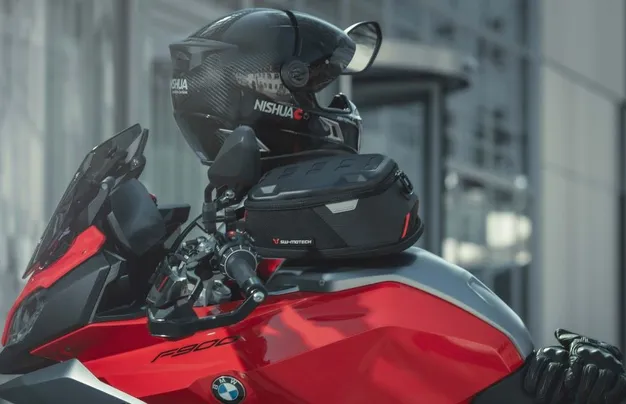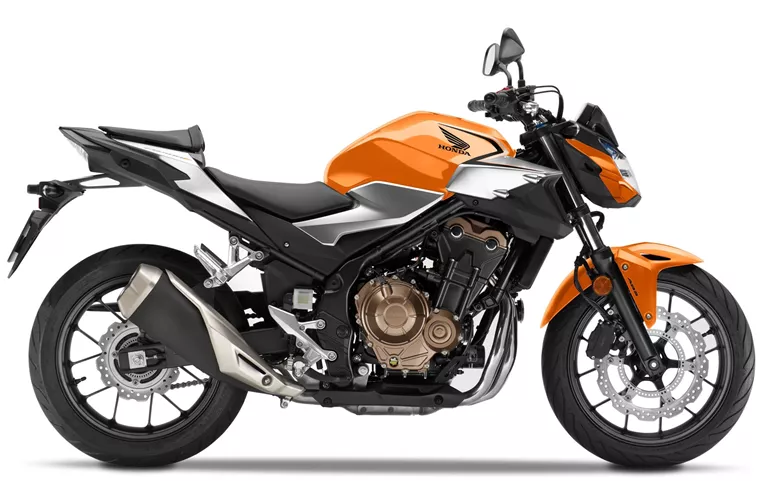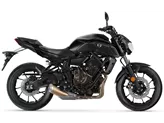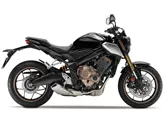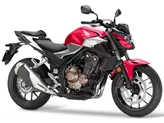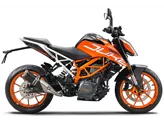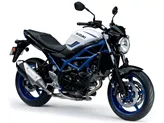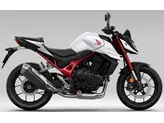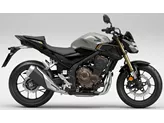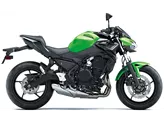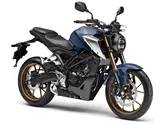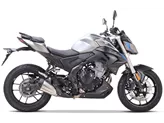Kawasaki ER-6n 2013 vs. Honda CB500F 2019
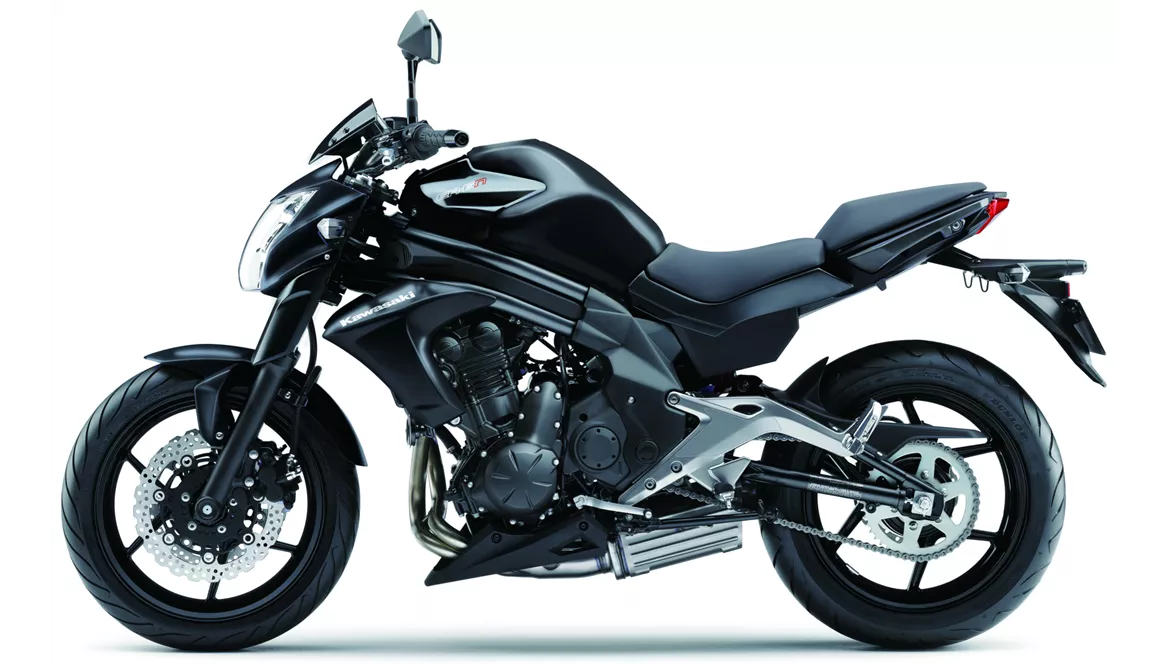
Kawasaki ER-6n 2013
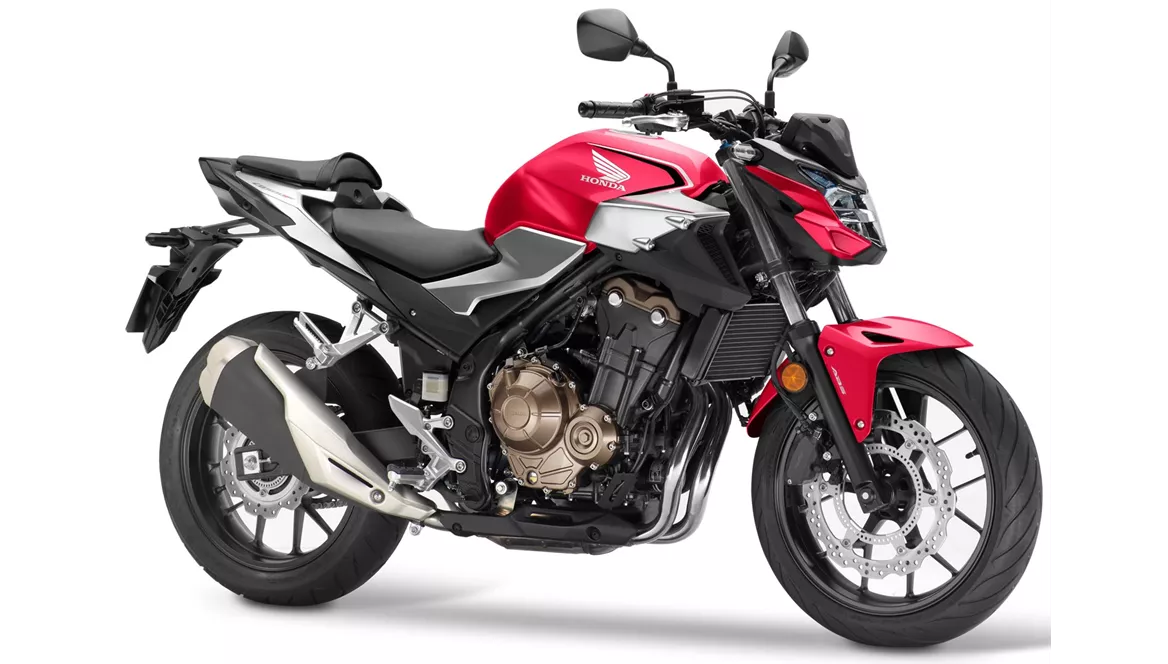
Honda CB500F 2019
Vue d’ensemble - Kawasaki ER-6n 2013 vs Honda CB500F 2019
The Kawasaki ER-6n 2013 and the Honda CB500F 2019 are both naked bikes with similar engine types, cooling systems, and frame materials. However, there are several notable differences between the two models.
In terms of engine power, the Kawasaki ER-6n 2013 has a higher output with 72 HP compared to the Honda CB500F 2019's 48 HP. This means that the Kawasaki offers more power and potentially better acceleration. Additionally, the Kawasaki has a higher torque of 64 Nm compared to the Honda's 43 Nm, which could result in better low-end performance and more responsive throttle.
Both bikes have 2 cylinders and liquid cooling systems, ensuring efficient heat dissipation during extended rides. The Kawasaki ER-6n 2013 has a larger engine displacement of 649 ccm, while the Honda CB500F 2019 has a slightly smaller displacement of 471 ccm. This may contribute to the Kawasaki's higher power output.
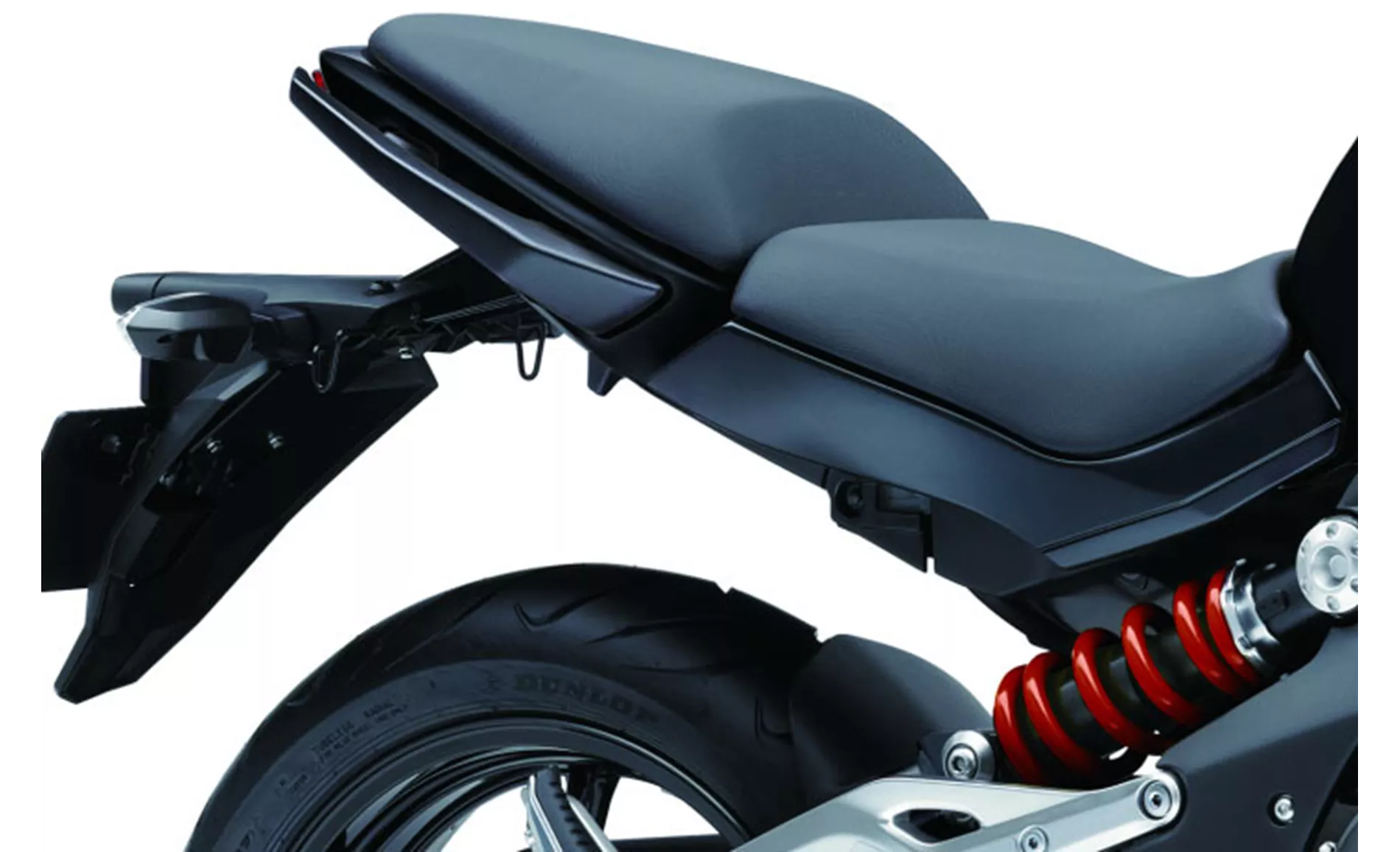
Kawasaki ER-6n 2013
In terms of braking, the Kawasaki ER-6n 2013 has double disk brakes at the front with double piston calipers, providing strong stopping power. However, it is worth noting that the Kawasaki has been criticized for having weak brakes. On the other hand, the Honda CB500F 2019 features a single disk brake at the front with double piston calipers. While the Honda's braking system may require more force on the lever, it is generally considered to be reliable and effective.
Both bikes have the same front and rear tire dimensions, with a width of 120 mm and a diameter of 17 inches. They also share the same wheelbase of 1410 mm, ensuring stability and maneuverability. However, there is a slight difference in seat height, with the Kawasaki ER-6n 2013 offering a seat height of 805 mm compared to the Honda CB500F 2019's 790 mm. This may be a consideration for riders with shorter inseams.
In terms of weight, the Honda CB500F 2019 is slightly lighter with a kerb weight of 191 kg compared to the Kawasaki ER-6n 2013's 208 kg (both with ABS). This weight difference may contribute to the Honda's playful and easy-to-handle nature.
When it comes to fuel capacity, the Kawasaki ER-6n 2013 has a slightly larger tank with a capacity of 16 liters, while the Honda CB500F 2019 has a capacity of 15.7 liters. This small difference may affect the range and frequency of refueling.
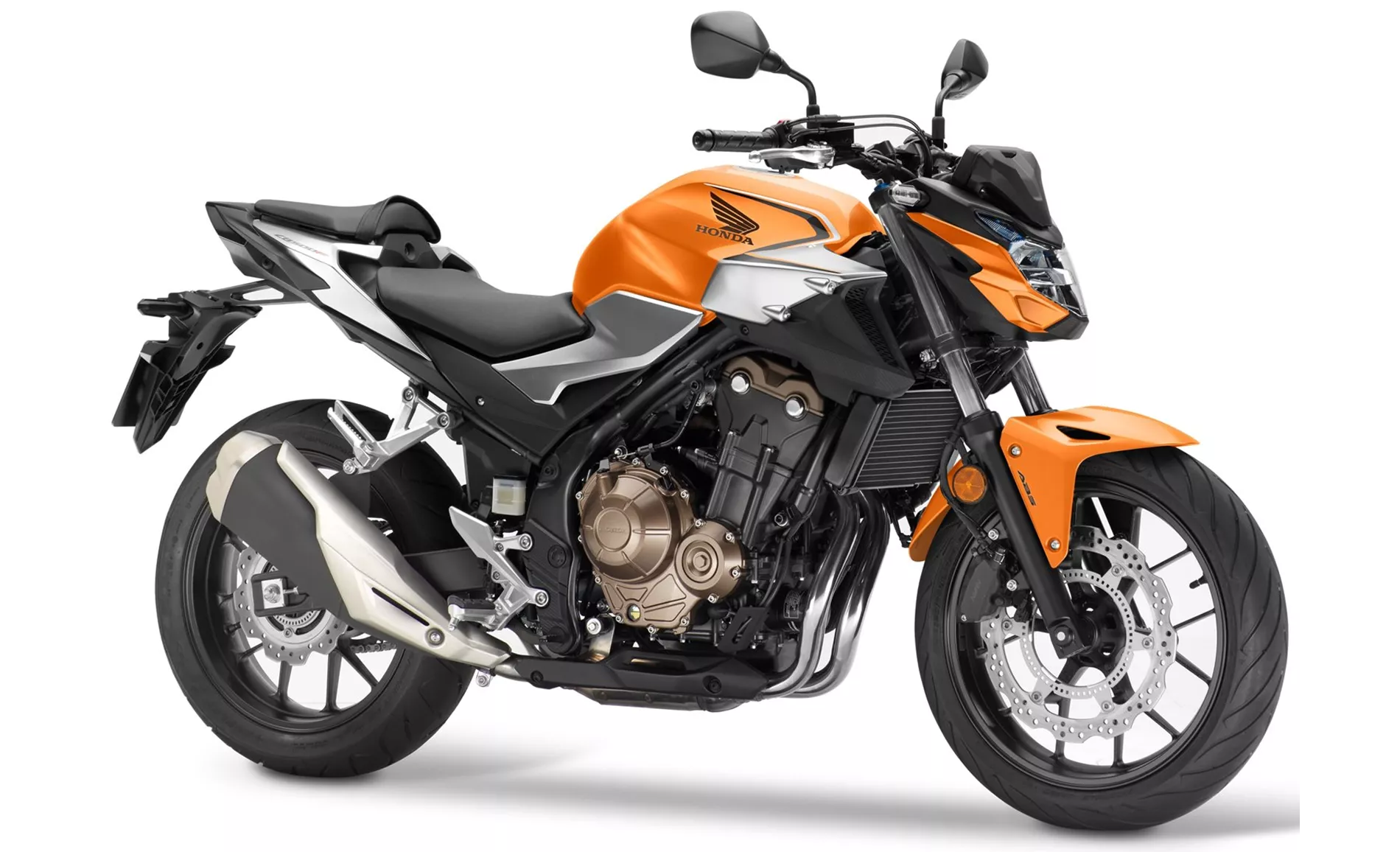
Honda CB500F 2019
In terms of strengths, the Kawasaki ER-6n 2013 is known for its solid handling and high-quality level. On the other hand, the Honda CB500F 2019 is praised for its playful and easy-to-handle nature, high-revving engine with linear power delivery, low fuel consumption, smooth clutch, and smart LCD display that provides all necessary information.
However, both bikes have weaknesses in their braking systems. The Kawasaki ER-6n 2013 is criticized for having weak brakes, while the Honda CB500F 2019 requires more force on the lever to achieve effective braking.
In conclusion, the Kawasaki ER-6n 2013 offers more power and torque, while the Honda CB500F 2019 is lighter and more fuel-efficient. Both bikes have their strengths and weaknesses, and the choice between them ultimately depends on the rider's preferences and priorities.
Caractéristiques techniques Kawasaki ER-6n 2013 par rapport à Honda CB500F 2019
Avantages et inconvénients en comparaison
Avantages et inconvénients en comparaison
Kawasaki ER-6n 2013

Le moteur est très puissant et amusant, et l'ER brille par sa finition japonaise soignée et son prix compétitif.
Honda CB500F 2019
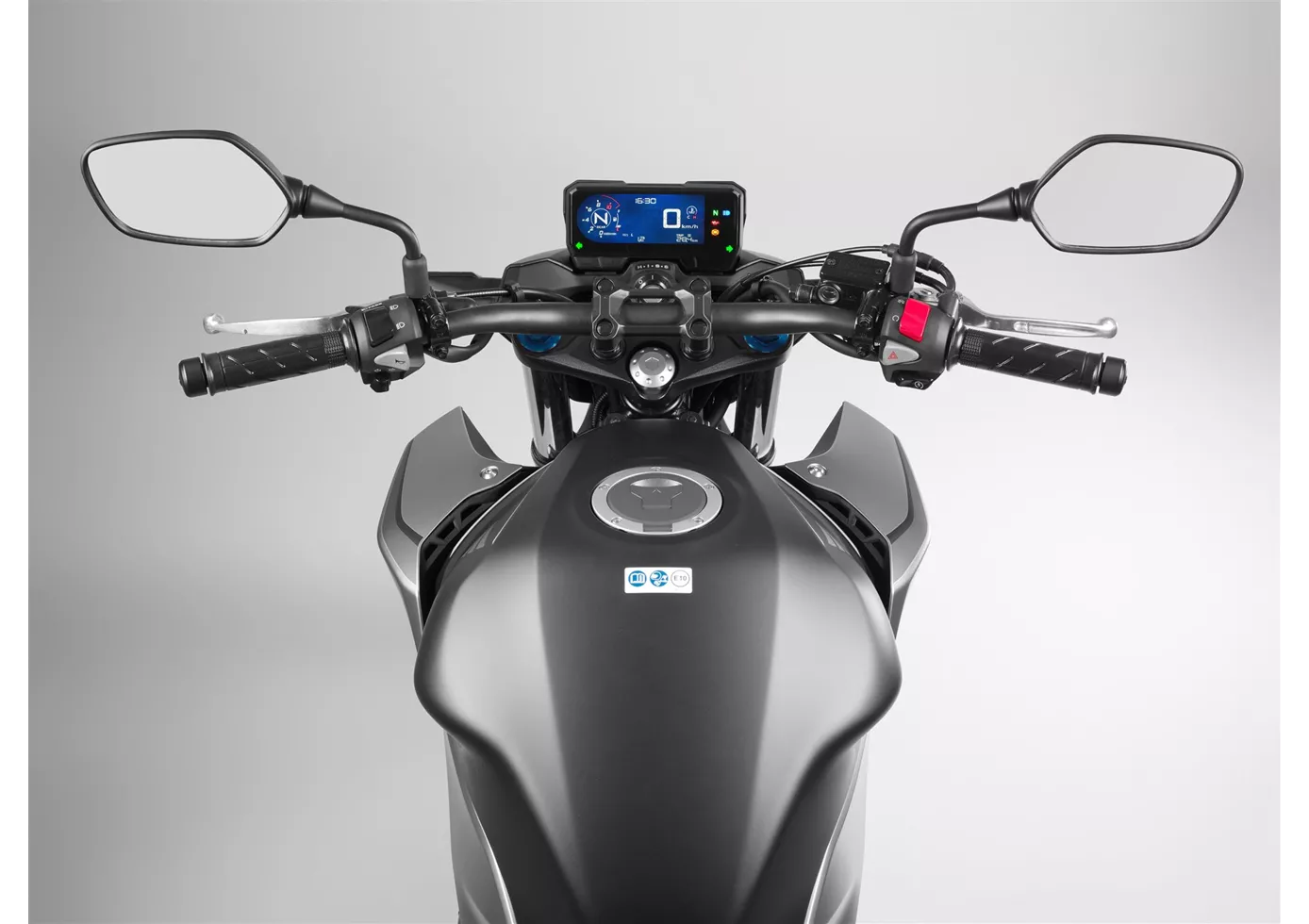
En résumé, la nouvelle CB500F répond toujours pleinement à la devise "ludique et sans effort". Grâce aux modifications apportées à l'admission et à l'échappement, le moteur offre désormais 4% de puissance supplémentaire dans la plage de régime comprise entre 3.000 et 7.000 tours, ce qui devrait se ressentir positivement dans l'utilisation quotidienne, moins rapide mais d'autant plus importante. Les autres nouveautés, telles que l'embrayage anti-saut, l'écran LCD avec indicateur de rapport ainsi que le fier guidon, facilitent encore davantage la vie des débutants en deux-roues. À mon avis, un contrôle de traction n'est pas nécessaire sur les machines A2. Au contraire, je suis d'avis qu'il n'y a pas de mal à apprendre à utiliser correctement sa main droite dès le début. La CB500F est en effet parfaitement adaptée à ces débuts. Et même les pilotes expérimentés pourraient être séduits par sa souplesse. Surtout lorsque la route est en descente.
Comparaison des prix Prix moyen du marché Kawasaki ER-6n vs Honda CB500F
There are a few key differences between a Kawasaki ER-6n 2013 and a Honda CB500F 2019. It takes less time to sell a Kawasaki ER-6n with 42 days compared to 71 days for a Honda CB500F. Since model year 2006 1000PS.de editors have written 16 reviews for the Kawasaki ER-6n and 22 reviews for the Honda CB500F since model year 2013. The first review for the Kawasaki ER-6n was published on 6/29/2005 and now has more than 11,200 views. This compares to more than 18,500 views for the first review on Honda CB500F published on 11/10/2012.
